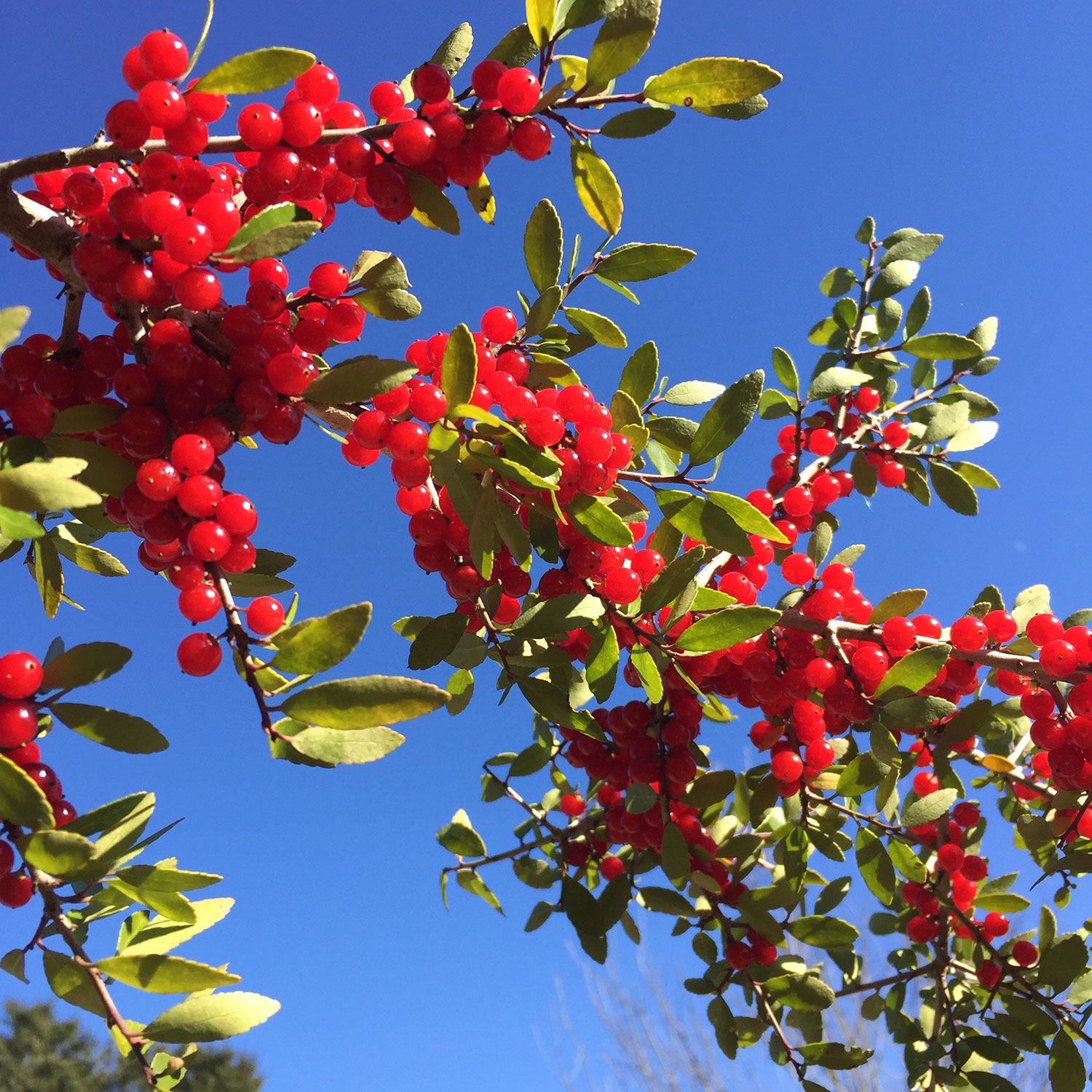It may seem early, but it’s time to start planting tomatoes if you want to harvest early fruit. Unlike peppers and eggplant, tomatoes will tolerate cool evenings as long as they are protected from frost. Peppers and eggplants don’t like to be planted out until the evening temperatures are consistently above 50 degrees. Planting too early can stunt their growth. Although tomatoes are much more cold tolerant, I recommend protecting them if the temperature is predicted to drop below 35 degrees. The small, young plants can be easily protected by placing an upside down pot, or halved plastic milk carton over the plant.
Homegrown tastes best!
Tomatoes seem to be a common entry plant for beginner vegetable gardeners. Why are tomatoes so seductive? The varieties of flavors, colors, shapes and sizes that are available to grow at home greatly surpass what’s available in your grocery store. The quality of flavor is also worlds above store-bought tomatoes. I am always resentful if I have to purchase a store bought tomato in winter. I usually avoid it, as even the expensive, heirloom varieties sold in stores cannot compare in flavor to a delicious, sun warmed tomato plucked at its’ peak of ripeness.
Tomatoes are also fairly easy to grow-even for beginners, and you get a lot of bang for your buck. Choosing the right variety is important for first-time success. Unfortunately, I see a lot of beginners choosing the large, beefsteak varieties to try for their first tomato plant. This is usually a mistake. I always recommend beginners plant the cherry-type tomatoes their first year. The larger the fruit, the more difficult it is to grow. Cherry tomatoes are more vigorous, pest-resistant, drought tolerant and shade tolerant than larger tomatoes. Some of my favorite cherry varieties are Matt’s Wild Cherry, Sungold, Risenstraube and Black Cherry. Slightly larger tomatoes like my all-time favorite, Jaune Flamme, are also easier to grow.
‘Jaune Flamme’ Tomato
As usual, I will be planting some of my tried and true favorites this year like Jaune Flamme, Eva Purple Ball, Sungold and my newest favorite, Mandarin Cross. This year, however, I will be saving space for some exceptional new varieties I am really excited to try. In December I purchased seed from Brad Gates at Wild Boar Farms in Napa, CA. He has carefully cultivated these unique varieties through crossing and selecting plants from different heirloom varieties. He selects for production, disease resistance, striking looks and “outrageous” flavor. His tomatoes definitely look different, but they have been getting rave reviews across the country. They all have interesting names like Dragon’s Eye, Red Boar, and Pink Berkeley Tie-Dye, to match their striking looks. The AAA Sweet Solano looks particularly mouth watering to me! We will only have a limited amount of these tomatoes plants grown from the seed I purchased, as it is still limited and expensive. However, all of his varieties are open-pollinated. This means you can save seed from your crop this year to replant, knowing that you’ll get a plant next year with the same attributes. I will be planting one of every variety we are trying, and I’d love to hear how they do for other Tallahassee growers.
Happy planting to you all and may you soon be swimming in a sea of tomatoes!



